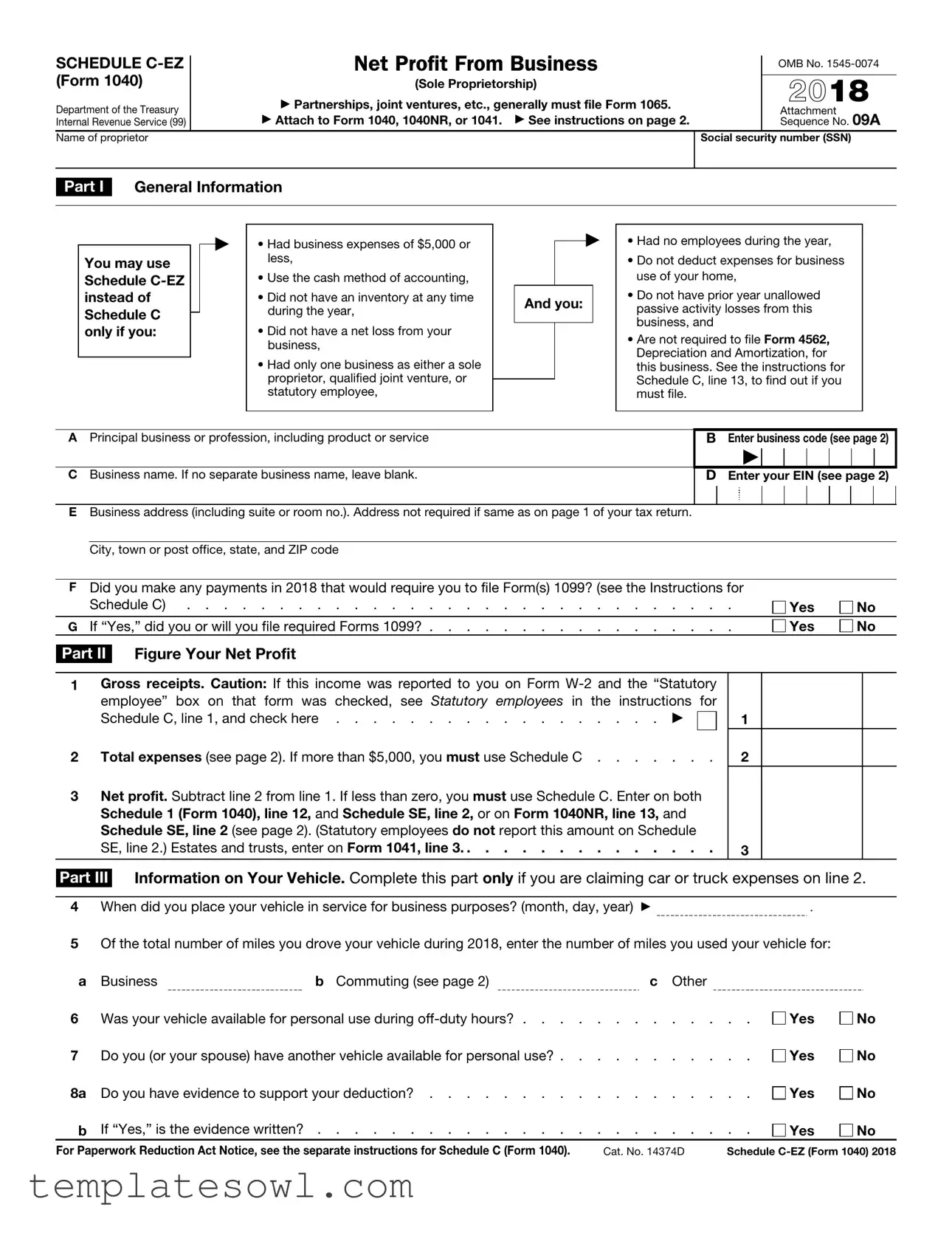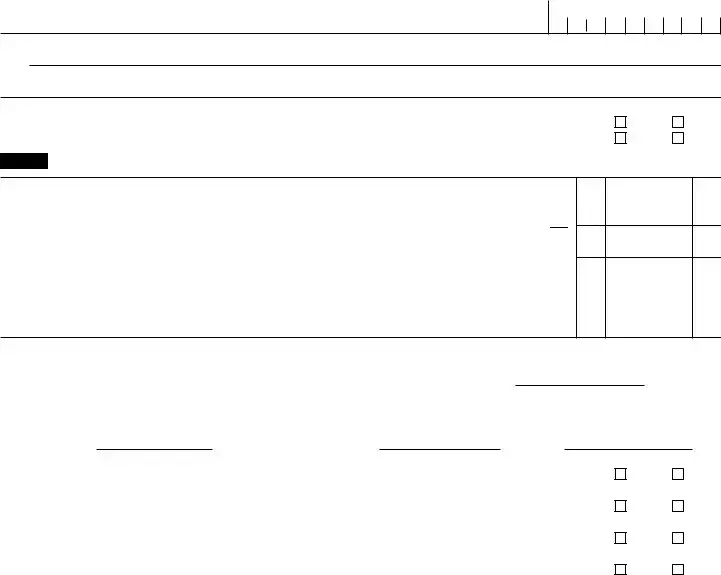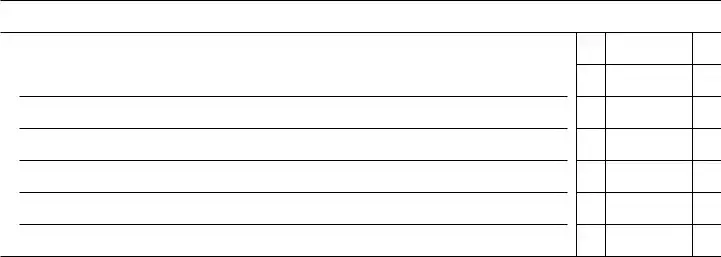What is the IRS Schedule C-EZ form?
The IRS Schedule C-EZ form allows sole proprietors and certain qualified joint ventures to report their net profit from business activities. It simplifies the reporting process for individuals with straightforward business expenses, generally those who do not exceed $5,000 in expenses or who did not have employees during the year.
Who can use Schedule C-EZ instead of Schedule C?
Individuals can use Schedule C-EZ if they operated a business or practiced a profession as a sole proprietorship, are a statutory employee, and meet specific criteria. Key requirements include having no more than $5,000 in business expenses, not having any employees, and not needing to report certain types of losses or deductions.
What are the qualification criteria for using Schedule C-EZ?
To qualify for Schedule C-EZ, a taxpayer must not deduct business use of home expenses, must not have end-of-year inventory, and cannot report a net loss. Additionally, they must not be required to file Form 4562 for depreciation and amortization, and must use the cash method of accounting.
What type of income should I report on Schedule C-EZ?
Gross receipts from your business activities should be reported on Schedule C-EZ. This includes all income received from sales, services, and any other receipts. The income must be taxable and can include amounts shown on Form 1099-MISC if applicable.
How do I report expenses on Schedule C-EZ?
Business expenses that are allowable can be reported directly on line 2 of Schedule C-EZ. Total deductible expenses include categories such as advertising, legal fees, and office supplies. However, if expenses exceed $5,000, one must use Schedule C instead of Schedule C-EZ.
What if I use my vehicle for business?
If claiming vehicle expenses, you must complete Part III of Schedule C-EZ. This includes reporting the date your vehicle was placed in service, the total miles driven, and how many of those miles were for business purposes. Documentation for these deductions should be kept for tax records.
What is the purpose of the business code on Schedule C-EZ?
The six-digit business code classifies the primary type of business activity. It helps the IRS categorize and analyze business income reported on your tax returns. Specific codes can be found in the instructions for Schedule C.
Do I need an employer identification number (EIN)?
An EIN is only required if a business has a qualified retirement plan, needs to file employment or excise taxes, or operates as a partnership or corporation. Sole proprietors without these requirements can leave the EIN field blank if they do not have one.
Where can I get more information about Schedule C-EZ?
For the most current information and instructions regarding Schedule C-EZ, individuals should visit the IRS website at www.irs.gov/ScheduleCEZ. This site provides updates on any legislative changes and detailed filing instructions.



